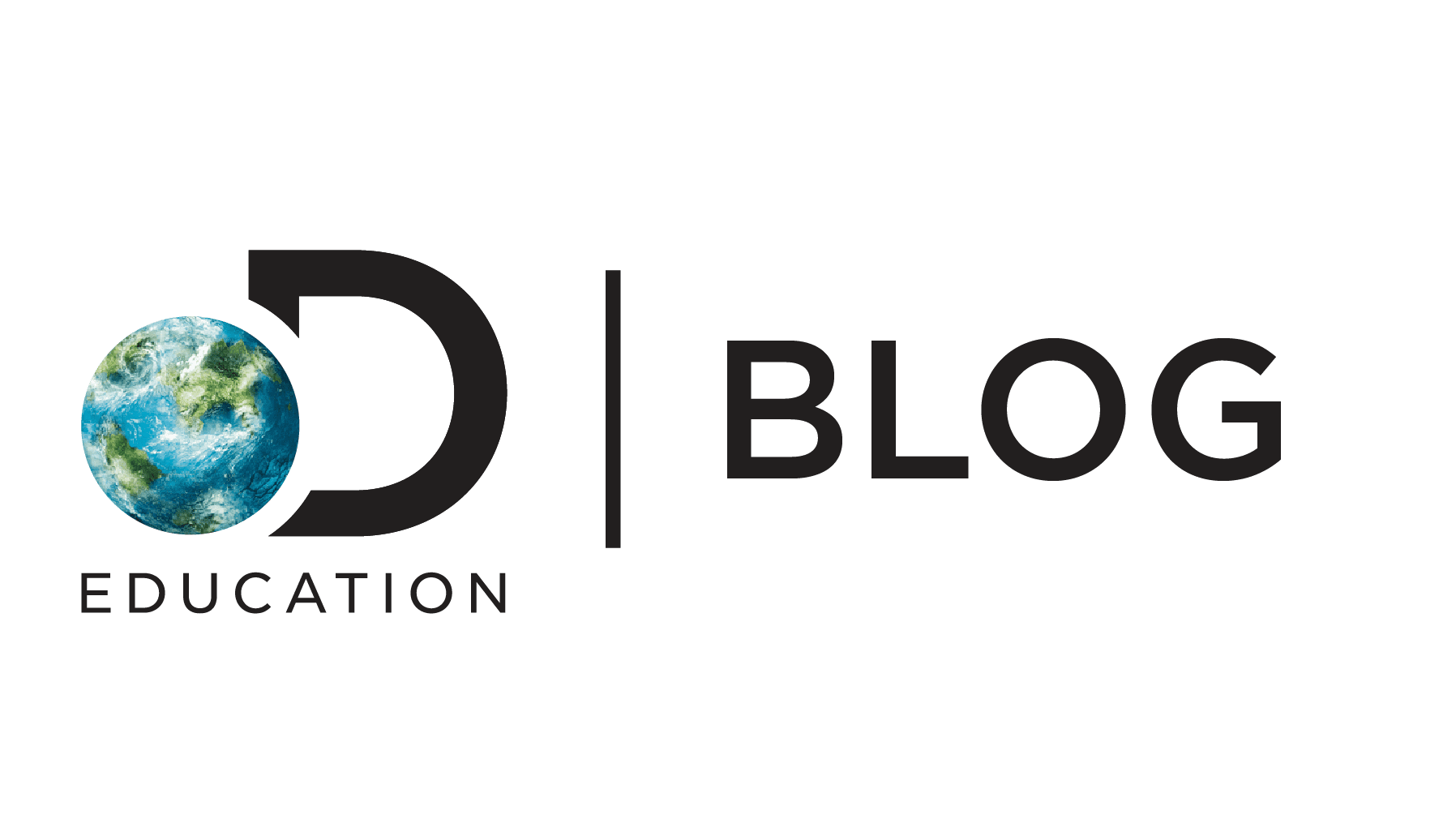While teacher leaders have always been an important part of a school’s culture, this type of leadership continues to gain much needed attention and momentum in school systems nationwide.
There is such a strong need for this type of leadership that a group of educators met in 2008 to form what we know today as the Teacher Leadership Exploratory Consortium. This consortium, comprised of a variety of stakeholders, formed to discuss how to best foster teacher leadership so that it brings about change in student learning and achievement. In 2011, this group released the Teacher Leader Model Standards, which help teachers and school leaders foster leadership within their schools.
Find ready-to-use professional learning resources and time-saving teaching strategies in our Educator Supports Channel!
The Difference Between an Effective Teacher and a Teacher Leader
In our current work, we facilitate an abundance of professional learning around teacher leadership. What we’ve coined as Digital Leader Corps takes groups of teachers on a journey toward digital transformation in their classrooms. The program, however, intends for teachers’ influence to spread well beyond the walls of their classrooms and aims to develop these educators as leaders among their peers. Teachers who participate in Digital Leader Corps learn about leadership through the Teacher Leader Model Standards—they learn how to facilitate the learning of their peers’, work collaboratively with their principals to elicit meaningful change, and gain strategies for creating safe and trusting environments where others aren’t afraid to take risks.
This sounds amazing, right? It is, when it works effectively. The biggest challenge of cultivating and growing a group of teacher leaders is recognizing the difference between an effective teacher and a teacher leader. Too often, school administrators don’t know how to discern the qualities and characteristics of a potential teacher leader. Similarly, many teachers don’t truly understand what it means to lead among peers.
An effective teacher:
- Implements best practices routinely in the classroom.
- Works to improve his/her own practice.
- Seeks opportunities for continuous improvement.
- Maintains professional relationships with others.
- Collaborates with colleagues and school teams.
- Implements solutions to challenges that promote the best interest of their students.
- Creates an environment where students are comfortable asking questions, initiating topics, and challenging their peers’ thinking.
- Welcomes feedback from supervisors and colleagues
A teacher leader:
- Readily shares and models best practices and/or resources with colleagues.
- Works to improve the practice of others.
- Models an attitude of continuous improvement to combat complacency.
- Works to build relationships with others through active listening, facilitation, and mediation.
- Encourages and facilitates collaboration among colleagues and school teams.
- Provides solutions to challenges that promote the best interest of all stakeholders.
- Creates an environment where others are comfortable asking questions, initiating topics, and challenging their peers’ thinking.
- Actively seeks feedback from supervisors and colleagues.
The Power of Teacher Leadership
Teacher leadership has the potential to bring about positive systemic change that influences a variety of factors within a school. When teacher leaders fully understand their impact on colleagues, observable changes in student learning can occur. A 2005 study concluded that the professionalism teacher leadership has the potential to build—one that is based on trust, recognition, empowerment, and support—can improve teaching and learning in schools (Harris and Muijs, 2005). While the Teacher Leader Model Standards provide the framework for fostering such leadership, the process for equipping teacher leaders with the ability and confidence to carry out what the Standards call for is much more complex.
The Teacher Leader Model Standards
The Standards are comprised of seven domains of leadership (Teacher Leadership Exploratory Consortium, 2011). These domains are not meant to serve as an exhaustive checklist or job description of teacher leaders; rather, they’re meant to guide those who want to lead and support them in doing so. Each domain further contains a list of functions that provides a deeper, more granular look at what teacher leaders who excel in this domain might do.
But reading and internalizing the Standards is only the first step in developing teacher leaders. Just as our grade level standards act as the blueprint for our curriculum, our lesson plans, and our assessments, the Teacher Leader Model Standards should serve to inform the work we do with our potential teacher leaders. Very few teachers will come to us with the skills and self-assurance needed to lead their peers. Therefore, it is our responsibility to create and mentor them through learning experiences that will develop them into strong teacher leaders.
Fostering a Collaborative Culture to Support Educator Development and Student Learning
Unpacking this Standard and its functions tells us how important knowledge of adult learning theory is to a teacher leader’s success in this domain.
Functions:
- Utilizes group processes to help colleagues work collaboratively to solve problems, make decisions, manage conflict, and promote meaningful change.
- Models effective skills in listening, presenting ideas, leading discussions, clarifying, mediating, and identifying the needs of self and others in order to advance shared goals and professional learning.
- Employs facilitation skills to create trust among colleagues, develop collective wisdom, build ownership and action that supports student learning.
- Strives to create an inclusive culture where diverse perspectives are welcomed in addressing challenges.
- Uses knowledge and understanding of different backgrounds, ethnicities, cultures, and languages to promote effective interactions among colleagues.
In addition, a teacher leader needs to possess excellent active listening skills, be able to facilitate difficult conversations among various stakeholders, and have the emotional intelligence to bring different groups together to work toward a common goal. Simply telling teacher leaders they “should” be doing these things won’t bring about change; we must work diligently to create opportunities for practice and feedback in these areas.
We all have great teachers who live within our schools—those who consistently strive to be better for their students, who seek out learning opportunities whenever possible, and who willingly collaborate with others. These teachers have the potential to share the leadership within your building. With the right opportunities and under the right mentorship, we can turn these “great” teachers into leaders who are catalysts for meaningful change.

References
Danielson, C. (1996). Enhancing professional practice: A framework for teaching.
Alexandria, VA: Association for Supervision and Curriculum Development.
Harris, A., & Muijs, D. (2005). Improving schools through teacher leadership.
Maidenhead: Open University Press.
Samuels, C. A. (2010, July 23). Study: Effective Principals Embrace Collective
Leadership. Retrieved February 21, 2016, from
http://www.edweek.org/ew/articles/2010/07/23/37principal.h29.html
Teacher Leadership Exploratory Consortium. (2011). Model Standards Advance the
Profession. JSD, 32(3), 16-24.






